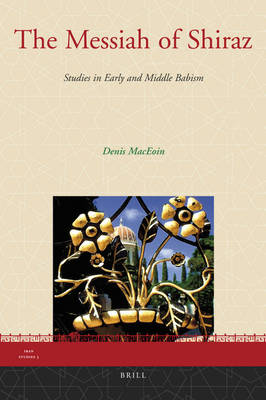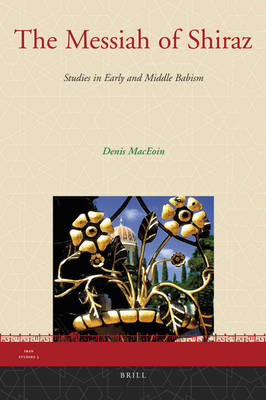
- Afhalen na 1 uur in een winkel met voorraad
- Gratis thuislevering in België vanaf € 30
- Ruim aanbod met 7 miljoen producten
- Afhalen na 1 uur in een winkel met voorraad
- Gratis thuislevering in België vanaf € 30
- Ruim aanbod met 7 miljoen producten
Zoeken
Omschrijving
The 19th century saw an enormous shift in the authority structure of Iranian and Iraqi Twelver Shiʿism, with the victory of a theological school (Usulism) that stressed the power of the clergy. This is well known. What is less well known is that there was a parallel development of authority in the Shaykhi school and its offshoot, the Babi sect. Here, especially in later forms of Babism, the Shiʿite claim to charismatic authority reached its limits in hyperbolic attestations of divinity. The present text is in two parts: a study of how Shaykhism bifurcated into a form close to orthodoxy next to the highly unorthodox Babi movement. Part two examines how Babism changed after the death in 1850 of its founder, the Bāb.
Specificaties
Betrokkenen
- Auteur(s):
- Uitgeverij:
Inhoud
- Aantal bladzijden:
- 738
- Taal:
- Engels
- Reeks:
- Reeksnummer:
- nr. 3
Eigenschappen
- Productcode (EAN):
- 9789004170353
- Verschijningsdatum:
- 24/12/2008
- Uitvoering:
- Hardcover
- Formaat:
- Genaaid
- Afmetingen:
- 173 mm x 246 mm
- Gewicht:
- 1360 g

Alleen bij Standaard Boekhandel
+ 949 punten op je klantenkaart van Standaard Boekhandel
Beoordelingen
We publiceren alleen reviews die voldoen aan de voorwaarden voor reviews. Bekijk onze voorwaarden voor reviews.








